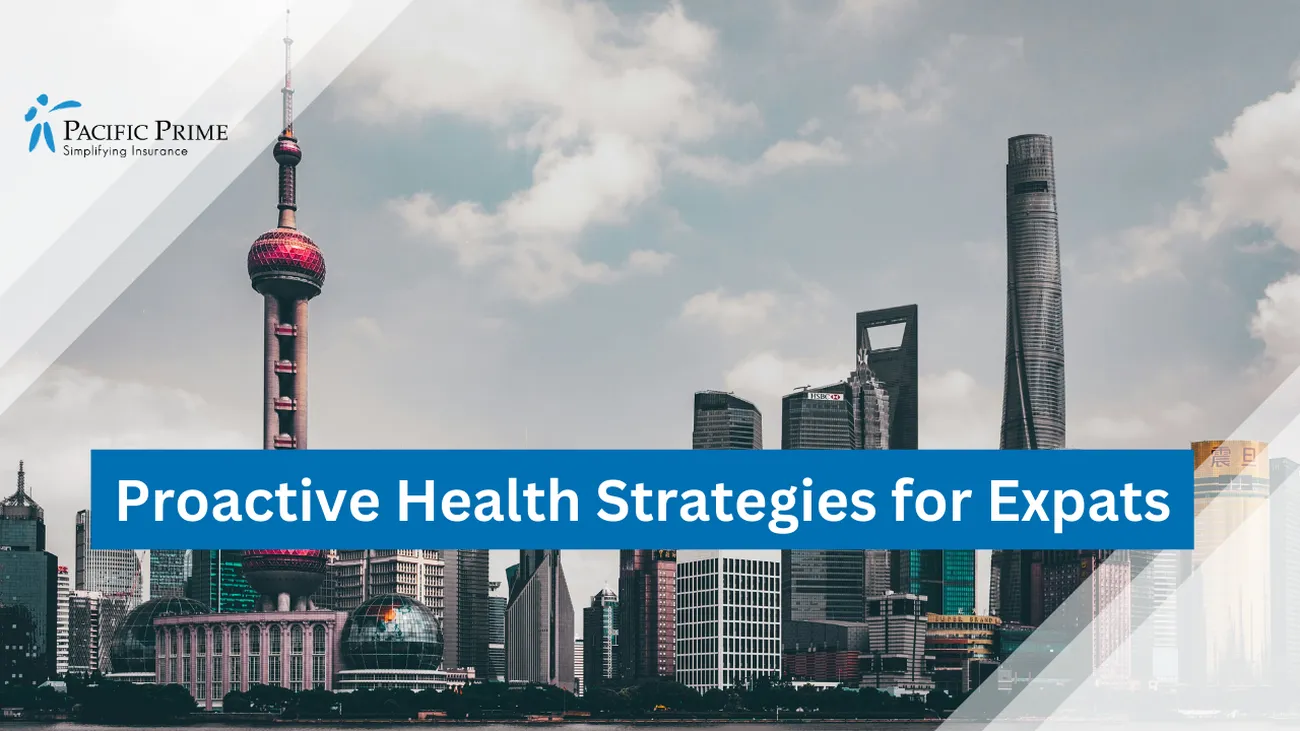How To Design Employee Benefits Plans 2024
Designing employee benefits plans in 2023 means knowing the demographics and preferences of your employees. It also means knowing your company priorities, like recruiting new hires, retaining talent, or attracting seasoned workers. Use goals to orient your targets and data to support plans.
Discover the world's top
health insurers.
Compare quotes with
a click of the button.
Are you trying to attract new hires to entry-level jobs in your company? Perhaps you have hired the top talent already and want to retain them. Or are you trying to attract seasoned workers to management?
This article will walk you through the steps of planning employee benefits packages that appeal to your employees. We’ll make sure to point out some important information to guide your plan!
Structuring Employee Benefits In The Modern Job Market
The job market and multi-generational workforce today mean a different landscape for employee benefits than in the past. Start by determining what your goals are. Working with the right benefits broker will allow you to offer flexible insurance and benefits options to appeal to different workers.
For more information on working with benefits consultants and benefits brokers and the advantages of working with a company that does both, see Employee Benefits Consulting– Strategy and Broking.

Once you know what the company’s objective is, here are the steps that a business should take to offer competitive employee benefits packages:
- Find out current employee benefits trends
- Compare current employee compensation in the industry
- Gather employee input on benefits packages
- Decide what types of benefits you want to offer
- Find a broker to negotiate with insurance companies on your behalf
- Communicate to educate workers on the new benefits package
- Reflection and evaluation of effectiveness
1. Find Out Current Employee Benefits Trends
While salaries and wages may seem like the end-all-be-all, the data says otherwise. Only about 70% of private industry employee compensation was in the form of wages/salaries. Employees are also looking for benefits that will save them money and improve their health.
For example, more than half of private industry employees have access to health insurance through their job. Healthcare accounts for 7% to 10% of total household spending. With rising costs, health insurance is becoming an increasingly important employee benefit.
Additionally, wellness programs are gaining popularity throughout multiple industries. In all companies, 43% of workers have access to a wellness program. Employees at large companies have even greater access. 84% of workers have access to wellness programs.
Finally, 43% of workers in private industries in America have access to short-term disability insurance, and 35% have access to long-term disability insurance.
You can find out more information about the importance of health benefits to employees here.
2. Compare Current Employee Compensation In The Industry
Do some research to find out how other companies in your industry are compensating their employees. Since your employees will do the same when job hunting from outside or inside your company, this will help you have an edge in hiring and retaining talent.
Keep in mind that compensation can come in the form of wages, bonuses, and tips (monetary compensation) or the form of non-monetary benefits like health insurance and wellness plans. Ensure you are collecting information on more than just starting salaries or sign-on bonuses of other companies.
Ask these questions and find the answers for other employers in your industry:
- What does the monetary compensation look like in the industry?
- What types of health insurance plans, if any, are being offered?
- Do other companies offer retirement plans, 401K benefits, or pension plans?
- Are the other companies offering paid time off for vacation, medical, family, etc?
- Do other companies allow their employees to work from home? How often?
- What about disability, dental, or vision insurance packages?
- Do other companies offer life insurance?
- What about childcare benefits?
If the information gathering and analysis of your current benefits offerings seems daunting, ask a broker for an impartial review of what you’re already offering.
3. Gather Employee Input On Benefits Packages
Talk to your employees through various means to gather their insights into what benefits they enjoy and which ones they don’t use. Don’t waste company resources on unused benefits! Instead, offer benefits that will attract and retain workers in your company’s field.
There are a variety of ways to gather employee input, but here are some ideas:
- Anonymous surveys may help many employees be more honest
- One-on-one meetings if employees have a good rapport with management
- Large group meetings if appropriate for the work culture and employee dynamics
- Other forms of communication like emails
Decide what method will work for your company and its employees. Your data will only be as good as it is accurate and complete.
4. Decide What Benefits To Offer
Once you know what your employees want and understand the whole landscape in your industry, you’re more prepared to make a decision on benefits. To free up money for better benefits, eliminate unused benefits or benefits that aren’t contributing to hiring and retention.

If you need additional information on popular employee benefits and compensation, check out this article about employee benefits to include.
5. Find A Broker To Negotiate With Insurance Companies On Your Behalf
We recommend using a broker to secure group benefits like health insurance, life insurance, and disability insurance. A broker will negotiate on your behalf with larger insurance companies to secure the best plans and flexibility for your company’s employee benefits.
The other benefit of using a broker is that they can work with multiple insurance providers on behalf of your company and its employees.
If you use a broker, you’ll want to use one of the best benefits brokers in today’s industry.
6. Communicate To Educate Employees About New Benefits Package
To maximize the potential for use of employee benefits, make sure your employees know what their benefits are. Whether your objective is hiring competitively, retaining talent, or a mixture, come up with literature and videos to educate employees. Make sure someone can answer questions.
It’s helpful to access a benefits portal that streamlines updates and changes to employee selections. This portal will simplify life for everyone in the business because Human Resources will be able to smoothly track everything.
Some of the best ways to educate employees about benefits packages include:
- Keep materials and messaging simple and easy-to-follow
- Live question-and-answer sessions
- Using established communication channels like email, slack, or social media to send information and answer questions
- Educate and engage employees by sharing the total compensation package amounts
- Have a website or app for employees to check or manage their benefits
This is another opportunity to hear from employees about what method works best so you save time, energy, and resources by sticking to what works best to communicate about the employee benefits packages.
7. Reflection And Evaluation Of Effectiveness
After implementing new employee benefits packages, re-evaluate the benefits periodically to keep them competitive and useful. Continue to eliminate underutilized benefits in favor of more advantageous and popular ones.
Reflect on the objective behind updating the benefits package. Is it helping the company meet its objective?

If the company’s objective needs to shift after changes in the labor market, be prepared to see whether or not your plan needs to be updated to meet your company’s new goal.
As the workforce turns over and adapts, desirable benefits packages are also likely to change. This means that keeping your employee benefits offerings competitive is an ongoing process.
Frequently Asked Questions
What are employee benefits trends in 2023?
Employees are facing burnout and rising healthcare costs in 2023. Benefits packages that address health, disability, and life insurance are becoming increasingly popular. Employees also look out for wellness programs that will help address the stress and strain of life and work.
How do you create an employee benefit plan?
Start with the objective behind your employee compensation plan. Look into the current trends and what competitors offer. Ask your employees for input. Keep to your budget by cutting unused benefits and moving funding to popular ones. Educate your employees about the new benefits package.
What benefits do employees want most?
Employees want to have their needs met. Taking care of the employee’s health and wellness is one of the best ways to give employees what they want. Help your employees combat rising inflation and medical costs with competitive insurance offerings and a wellness program that addresses mental health.
What are some creative employee perks?
Flexible hours can be one of the lowest-cost yet attractive employee benefits. Other popular yet less common benefits include working from home, subsidized childcare and/or commuting, and time off to volunteer in the community.
What benefits do job candidates want in 2023?
The most important thing that employees want is more compensation: higher wages and salaries, better insurance plans, and more money or savings. Employees are also looking to work from home, have career advancement opportunities, job stability, and a positive and inviting office culture.
What should employers do to retain talent?
Employees work for compensation. The first and foremost thing a company should do to improve retention is to review its salaries, wages, and benefits package. Also, give employees recognition and career advancement and development opportunities. Have a plan so employees can enjoy work-life balance.
Conclusion
Use your company’s objective on hiring and retention to guide what goals you set. Research benefits trends, compare competitor offerings, and gather current employee input on employee benefits packages. Decide what benefits to offer and find a broker to negotiate specific deals.
After you have a new employee benefits package, communicate the updates in compensation to your employees with educational literature and videos. After a period of time, reflect and evaluate the effectiveness of your employee benefits package.
The cycle of keeping employee compensation competitive can be simplified by working with a company that can consult on employee benefits and broker deals. Contact Pacific Prime for an impartial review of your current employee benefits package.
- Diversity, Equity, and Inclusion in the Workplace - February 29, 2024
- Is It Cheaper To Live In Dubai Or The United States? - September 28, 2023
- The Best Thailand Holiday Insurance - September 27, 2023








Comments
Leave a Comment